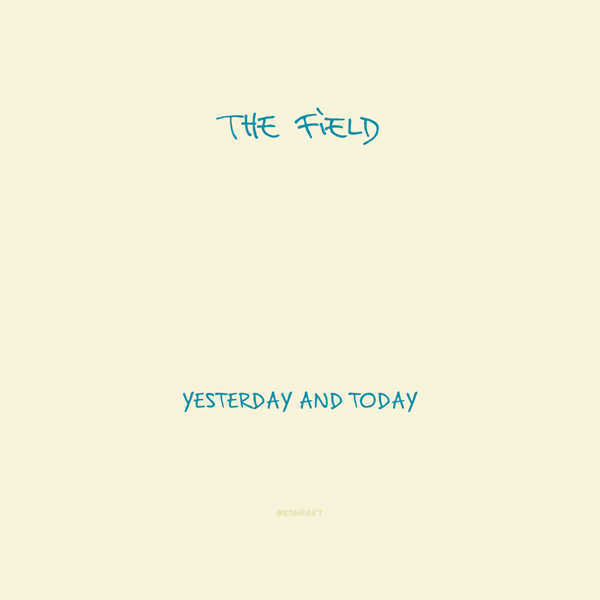The work of Axel Willner, aka The Field, combines electronic loops with blips and waves of smooshing sound to declare his unspoken messages about the natural beauty of the world. This creates an ambient techno music that reveals new layers in each track. The Field’s new album, Yesterday and Today, is a musical onion. Pungent and lingering tastes dance through the listener’s ears as trance loops intrigue the mind.
On these tracks, Willner invokes thoughts and memories by establishing a foundation of passion in his embraced melody. The track “I Have the Moon, You Have the Internet,” contains a glitched-up style of looped snippets that become exciting as it reaches its climax. Unlike most techno music but similarly to other ambient music, The Field uses increased sporadic repetition instead of a bridge to catch the listener. This is fairly routine throughout the album. Willner adds loops and layers to the music in order to reach the most stimulating part of the song and then fades out to a simple sound, such as steel pans, a repeated guitar riff, or a bell. Summer nights spent staring at the stars and warm adventures are invoked by delving into the deepness that Willner introduces with his latest album.
Due to the repetition of the snippets into an almost re-sequenced melody, the listener is a construction worker welding iron or perhaps a cog in a robot revolution. Metallic blips and computer sounds pushing the boundaries of typical synthesizer sounds transport the listener into the space age factory as they hammer monotonously. This comes alive in “The More I Do” and “Leave It.” In the latter, waves of sound and heavily pulsating bass beats make the track seem fit to be played in a dance club. However, what differentiates this track from a rave is the introduction of classical holiday bells. This deters the listener away from the techno component of the track and towards the ambient (and more eloquent) aspects. For “The More I Do,” it almost slips into sounding like a Daft Punk spin-off, but recovers through electric guitar loops.
Generally, the beginning of the tracks is better because several minutes in, the same, persistent loops become redundant. In every track, the loops repeat as they build for several measures and then release into the relative minor of the initial loop. t is basic music theory composition technique. Parts of the music are reminiscent of early 90s ambient music used during the new age Zen fad. However, The Field surprises the ear with shout-outs to classic rock as he concludes the track “Yesterday and Today” with the interplay of rock drum beats with a melodic guitar plucking. The final track “Sequenced” strongly resembles the Chemical Brothers, most notably from their Push the Button album. Both artists use fast-paced, abrupt beats with the identically sounding chime that makes the listener feel as if he or she is staring out the window of a high-speed train traveling along a rural area of America. This is a disappointing way to end the album, as the Chemical Brothers execute this image more successfully than the Field does.
The album is cohesive and follows Willner’s formula even when all tracks are played continuously. Yesterday and Today is beautifully eloquent, especially upon initial discovery, but tires easily because it is formulaic and predictable. The juxtaposition of synthesized waves of sound, surprising classic rock snippets, and odes to the early 90s electronica floats the listener into a musical experience of metallic post era architectural structures and spaceships.

